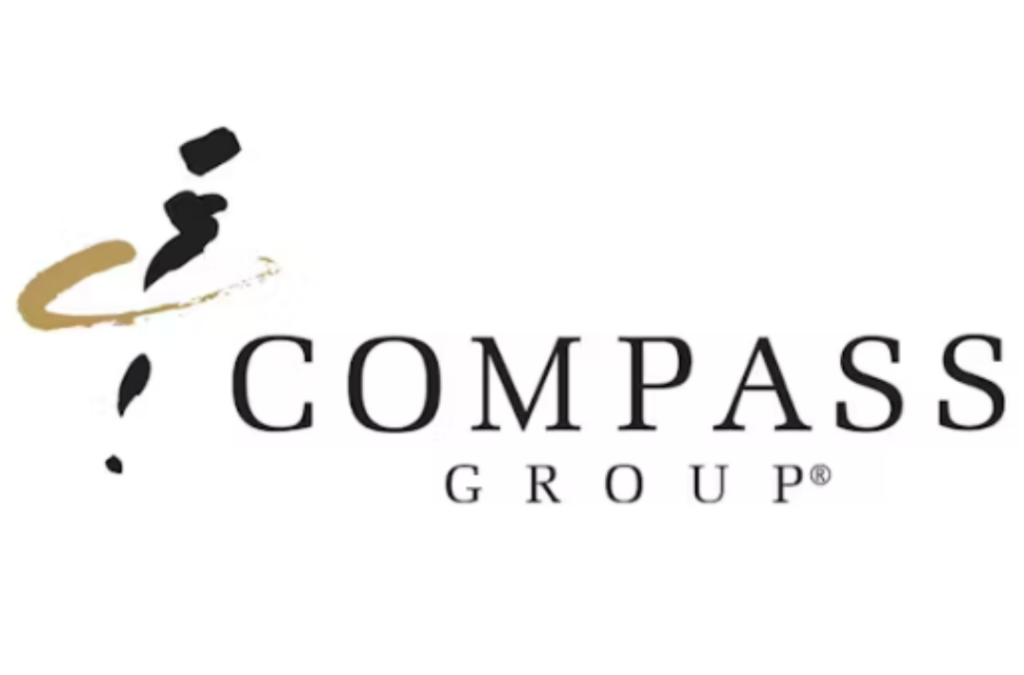The 11 most important facilities management metrics
Measuring your progress against KPIs is a key part of any management-focused software system. Wouldn’t you agree?
After all, it’ll be nearly impossible to make significant gains if you don’t know where you can make improvements.
Therefore, achieving a detailed level of insight into your day-to-day failures and successes through data like facility management metrics is critical to driving your business forward.

Top facilities management performance metrics
When it comes to facilities management there are numerous KPIs you can measure in order to gain a competitive advantage.
With a software solution like the one from MRI, you can automate the collection and analysis of organisational data.
A. Work order KPIs
First up, one of the most important facilities management performance metrics for you to track is the ones that revolve around your various work orders. These include fairly standard callouts such as boiler issues and longer-running issues.
1. Active work orders
It’s in your best interest to evaluate the volume and types of calls you receive across your operations to identify recurring issues. This data can be used to investigate further.
- Are you using badly manufactured parts?
- Are the skills of the contractor up to the required level?
- Should you replace the asset completely?
Use these facility management KPIs to make smarter business decisions and be proactive rather than reactive.
2. Completed work orders
How many times have you found yourself understaffed on busy days? Lots? This isn’t a great situation to be in as it often means you can’t address urgent issues that arise (largely ruining your reputation as a facility manager).
To counteract this, you should always measure just how many work orders you’ve completed over certain periods of time and use this information to organise your employees. This way, you can avoid dangerous situations.
3. Time to work order completion
To best conduct facilities management, you must monitor resolution times across your organisation – calculating the time to completion after a work order is made. This will allow you to better prioritise requests that impact the experience and safety of staff and where appropriate, customers.
4. Performance against work orders
There’s more.
Tracking work order performance involves monitoring the time taken to complete jobs and by using this top facilities management KPI, you can then make direct comparisons between estimated hours of completion against the actual result.
In the long run, this will help you enhance both your PPM schedules as well as how efficiently you are scheduling your engineers.
5. Assigned work orders
Do you want to avoid putting too many tasks on your employees’ plates?
If so, then it’s vital that you keep a record of who has been assigned what and when their deadline is. This will better support them to do their job effectively and improve their job satisfaction.
Teams will be able to recognise that you pay attention to their workload and will respect you more as a result. As such, they’ll go above and beyond their line of duty.
B. Preventive maintenance KPIs
When you’re successfully managing to stay on top of your active work orders, then your next goal should be to get ahead. Rather than waiting until something goes wrong or a tenant has complained, you should track these facility management KPIs.
6. Scheduled work orders
Going forward, you should implement a Planned Preventative Maintenance (PPM) schedule to reduce breakdowns and maintenance costs, improve asset life and remain compliant – ultimately offering an environment where staff and clients remain safe.
There are no downfalls to thinking ahead, making the extra planning well worth the time and effort.
7. Total cost of equipment
Are you finding yourself fixing the same appliance over and over again? Is it an old device that would actually be cheaper to replace? These are two questions you need to consider carefully when it comes to facilities management KPIs.
It’s a natural instinct to run with what you have until it completely breaks down, but this could be costing you more than what purchasing a new one would. You’ll have to do so eventually, so why not do your research now and avoid additional maintenance costs?
8. Downtime of equipment
When things around your buildings aren’t working properly, it’s not only the cost of maintenance you have to worry about.
Downtime can be an expensive situation for all businesses, especially in the case where an office or residence becomes inhabitable.
For example, perhaps the light system has a loose wire meaning no one can safely do their work. Or, the air conditioning unit has stopped working on a summer’s day.
9. Completion of jobs
Reporting on the performance and completion of jobs by measuring CMMS KPIs will ensure you achieve your key business objectives. Thankfully, it doesn’t have to be a complicated process.
You can use our software to determine whether jobs are finished on time (or completed at all) and identify concern areas, allowing you to make improvements when and where required. Before you know it, you’ll have levelled your business.
C. Asset condition KPIs
Last but not least on the list of facilities management KPIs, you should constantly be evaluating the condition of your assets – including your human resources.
10. Total time spent on reactive maintenance
If you’re frequently finding yourself responding to urgent requests around your buildings, then getting a clear understanding of just how much time this is eating up will give you perspective on whether or not a change is required.
Whether it’s an electrical fault or a tenant that needs constant support with anything that goes wrong, measuring these instances allows you to predict upcoming problems and prepare the right budget.
11. Engineer workload monitoring
Staff analysis enables you to evenly distribute tasks across your workforce. By monitoring the estimated time of outstanding jobs by engineers, you can ensure you distribute all new work orders to under-used staff.
No individual is therefore overloaded, improving the quality of work they do and ensuring no jobs are missed. If you do not have the required resource to complete the remaining tasks at any given point, be sure to use our software to prioritise jobs (based on pre-determined priority codes).
Facility management metric KPIs – FAQs
As you can see, different facility management performance metrics can provide you with the insight you need to run a successful business and manage your space accordingly.
To proceed, you should consider different ways to collect the right data for each of these KPIs and make a plan to start making improvements around your organisation.
Before you do so, it’s entirely understandable if you’re uncertain. Perhaps these FAQs can help.
Leading solutions for property occupiers, owners and service providers & contractors.Facilities Management software


Measure facilities management performance metrics with MRI Software
When you have a mission to collect actionable data for your business, there are a few different ways you can go about it.
Either you can spend time recruiting a Data Analyst or you can adopt an innovative platform that will do most of the work for you.
At MRI Software, we’ve created a variety of industry-leading facility management solutions – such as CMMS software – that can collect vast amounts of information and present it to your team in a digestible way.
Rather than trying to make assumptions about improving your space management, you’ll be able to identify the perfect strategy and run a more profitable real estate business.
To find out more, check out this insightful article that acts as an introduction to CAFM or contact us today.
Compass Group Case Study
Introduction Nicholas Ross, the CAFM and Hub Manager at PPP-IML, part of Compass Group UK& Ireland Ltd., shares his experiences transitioning from a legacy solution to MRI Evolution. His journey highlights the transformative impact of MRI Evoluti…

